
Wheat whiskey and wheated bourbon aren’t the same thing. For the uninitiated, the closeness in the name might be very confusing. No matter what kind of whiskey you’re producing, you begin with a mash bill of grains. These might be any combination of corn, rye, wheat, barley, or other grains according to the specific whiskey you’re making.
To be considered a bourbon (among other rules and regulations), the mash bill must consist of at least 51% corn. The rest is up to the distiller. If they’ve crafted a wheated bourbon, this means the secondary grain (after corn) will be wheat. This results in a softer, sweeter, mellower bourbon. This is one of the main reasons Buffalo Trace’s iconic brand Pappy Van Winkle is a wheated bourbon. But it’s not the only one.
Wheat whiskey, on the other hand, isn’t bourbon. That’s because, to fit the parameters of wheat whiskey, the mash bill can’t be 51% corn. Instead, it must be a minimum of 51% wheat. Like bourbon, the rest of the ingredients are up to the distiller.
Now that you understand a little bit about these two similar, but different whiskeys, it’s time to drink some. There are myriad options available if you don’t have a few thousand dollars lying around to grab a bottle of Pappy Van Winkle bourbon. Keep scrolling to see some of our favorite, flavorful, complex wheat whiskeys and wheated bourbons.

Larceny Barrel Proof Bourbon
This award-winning wheated bourbon is matured for six to eight years, non-chill filtered, and bottled at a potent barrel proof. The alcohol content in this Larceny bourbon varies per batch, but you can bet you’ll be looking at around 120 proof. This expression is released three times throughout the year and each batch is eagerly awaited because of its surprisingly soft, mellow mouthfeel (even with the high alcohol content) and notes of maple candy, cinnamon sugar, dried fruits, molasses, candied nuts, and lingering, sweet, warm finish.

Redemption Wheated Bourbon
With a name like “Redemption Wheated Bourbon,” you should already know what’s inside this bottle before you open it. This 96-proof smooth Redemption bourbon has a mash bill of a ridiculous 45% wheat. The result is a decadent, velvety soft whiskey with notes of caramel apples, dried fruits, oak, candied pecans, vanilla, and just a hint of warming spice at the very end. It’s the kind of wheated bourbon you’ll want to sip slowly on an unseasonably cool evening to attempt to find as many aromas and flavors as possible.

Garrison Brothers Small Batch Bourbon
If you’re new to American whiskey, you might assume that all bourbon is made in Kentucky. And while around 95% of it is, the rest is made all over the country. One of the best examples of a non-Kentucky bourbon is Garrison Brothers Small Batch. Aged for at least three years, this 94-proof, small-batch bourbon has a mash bill of corn, red winter wheat, and two-row barley. The result is a complex, nuanced sipper with notes of toasted vanilla beans, wintry spices, oaky wood, chocolate, and a soft, luxurious, warming finish that will leave you craving more.
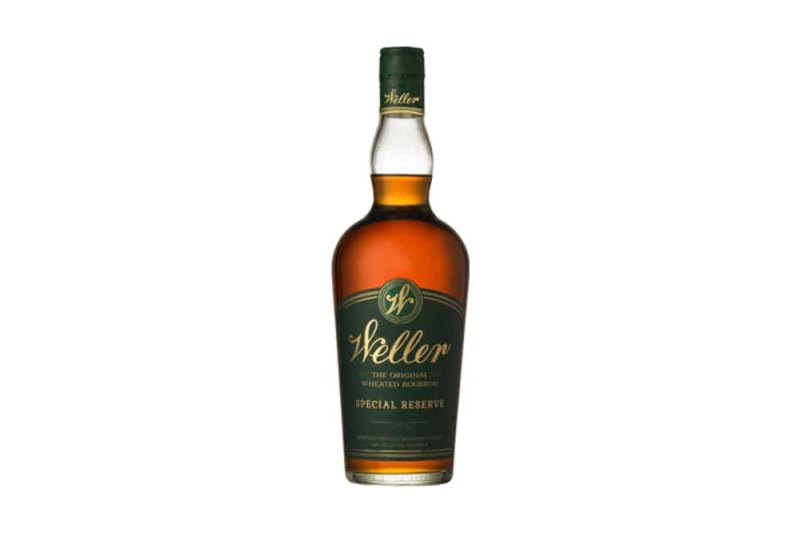
W.L. Weller Special Reserve
Sadly, W.L. Weller isn’t as cheap or easy to find as it once was. Blame this on whiskey geeks who discovered that Weller bourbon is basically Pappy (made at Buffalo Trace using the same mash bill), but aged for different amounts of time and in different warehouses. This makes Weller probably the closest thing to Pappy you can find, and for that reason, it has become another cult whiskey. Antique and Special Reserve are probably easier to find than the 12-year-old expression these days. There’s also the Full Proof, which is non-chill filtered and bottled at 114 proof, which is the proof it has going into the barrel. Consider yourself lucky if you can get your hands on any of these at a reasonable price.
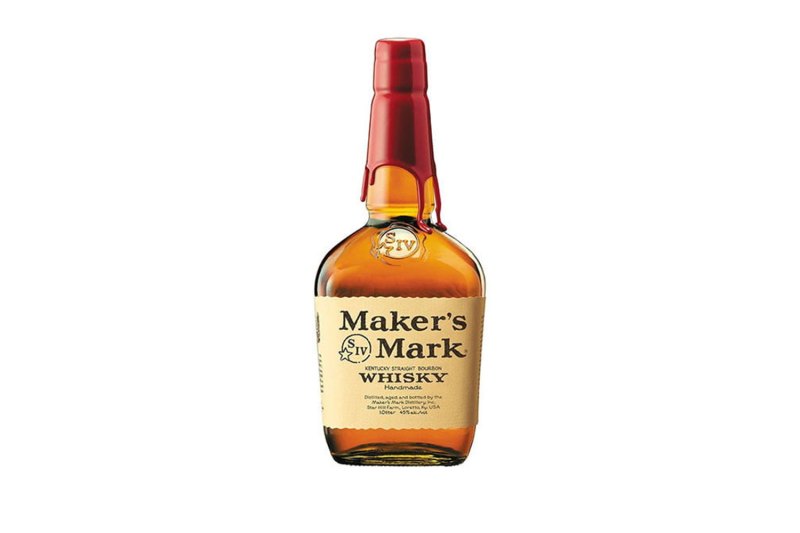
Maker’s Mark
The most obvious and popular wheated bourbon choice is Maker’s Mark. This whisky bourbon, owned by mega-corporation Beam Suntory, can be found in any liquor store or bar and has a soft, mellow flavor that’s accessible even to inexperienced whiskey drinkers. There are only a few different expressions, but one of the best is the Cask Strength, with a relatively low proof ranging from about 108 to 114, depending on the barrel. Maker’s is a solid option to consider in the wheated bourbon category.
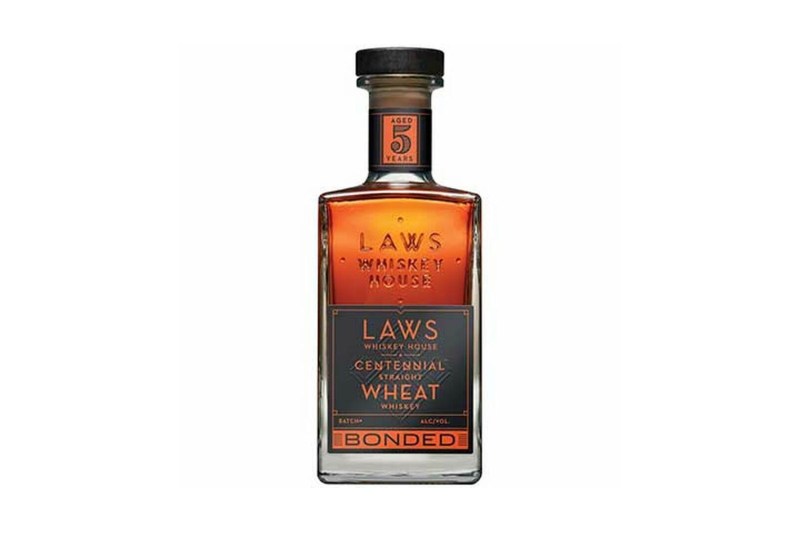
Laws Whiskey House Centennial Straight Wheat
Denver’s Laws Whiskey House makes its Centennial Straight Wheat Whiskey with 100% Soft Centennial Spring Wheat and then ages it for five years. The resulting bonded whiskey is deliciously smooth. The aromas reek of fruits and flowers, while the palate grabs on to piney, tea-like notes.

Traverse City Barrel Proof Wheat Whiskey
Up in the northern part of Michigan’s lower mitten, Traverse City Whiskey Co. makes quite a few delicious whiskey expressions. TC Whiskey does make a wheated whiskey, but it stays barrel strength. Barrel Proof Wheat pushes through at a very high variable ABV after four years in the barrel, but the floral notes stay strong and the overall tone of the whiskey is sweet. But like its Barrel Proof Straight Bourbon Whiskey and Barrel Proof Straight Rye Whiskey, the wheated variant is excellent.
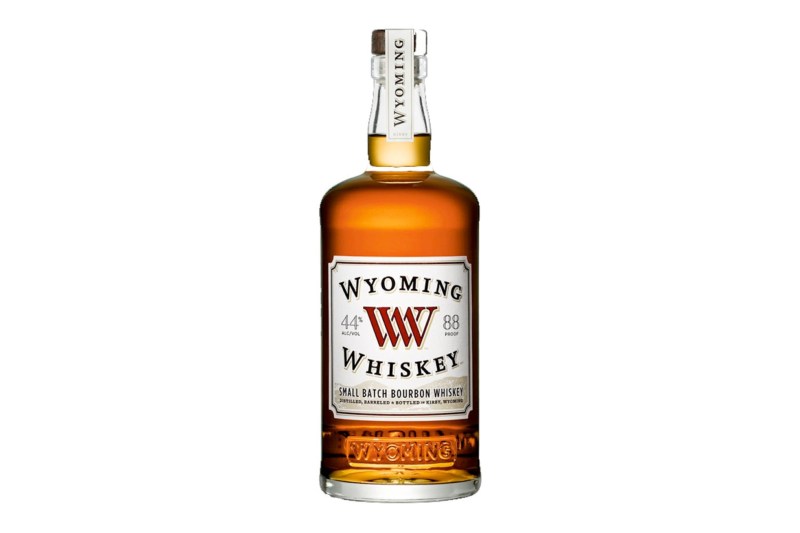
Wyoming Whiskey Small Batch Bourbon
In the craft sphere, Wyoming Whiskey is making some very good whiskey. The core expression is a wheat bourbon made from a mash bill that includes 20% wheat that shines through on the palate. This is properly aged and expertly distilled craft whiskey, which will likely become better known now that Scottish company Edrington has acquired a minority stake in the distillery.
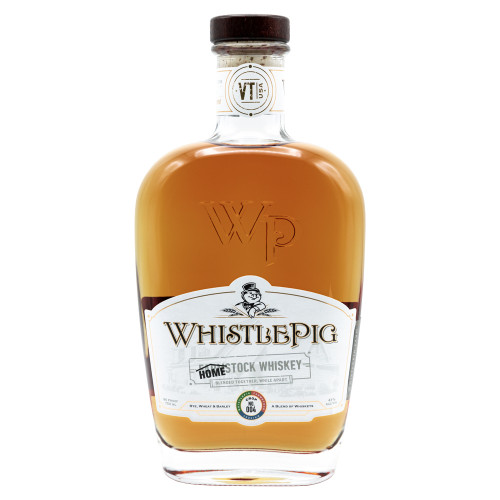
WhistlePig Homestock
Vermont’s WhistlePig continues to pump out fascinating whiskeys, largely, of course, dominated by the rye expressions that made it a name. However, The WhistlePig Homestock Whiskey is a wheated whiskey, at least in part. The whiskey was blended by the distillery’s fans, a blend of 4-year-old rye whiskey with 5-year-old wheat and barley whiskeys. The result is a light on the tongue, slightly sweet but spicy kicked whiskey.
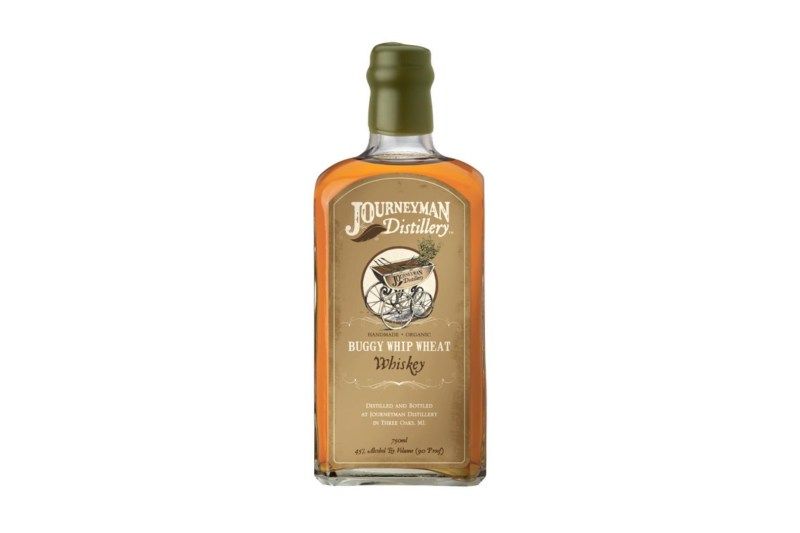
Journeyman Buggy Whip Wheat
When Fred Minnick likes a whiskey, the whiskey world should pay attention. When it comes to wheated whiskey, Journeyman Distillery makes a fine one, garnering Minnick’s Best Wheat Whiskey in 2020. The Michigan-made whiskey is 100% wheat, and it’s the cask-strength version that came through.



